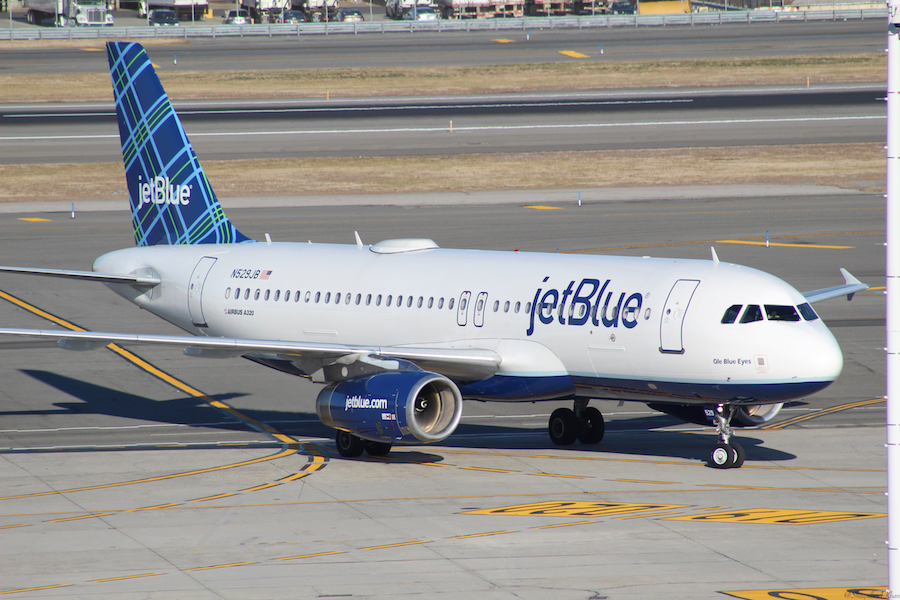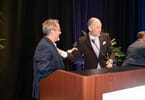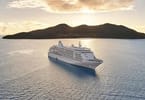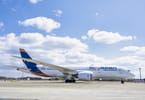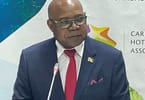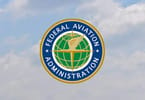The tourism industry continues to drive Montréal’s economic vitality. According to projections from Tourisme Montréal and the Conference Board of Canada, tourism spending in the city will post a 9.9% increase to reach $3.6 billion in 2017, representing $2.88 billion in economic spinoffs (added value) and approximately 48,700 jobs across the province. Additionally, $1.49 billion in tax revenues are expected.
“Tourism remains one of Canada’s industries with strong growth potential, which is great news for Montréal’s tourism sector,” said Yves Lalumière, President and CEO of Tourisme Montréal. “I encourage leaders in this industry to leverage the fresh energy that’s running through the city, as evidenced by the creation of new attractions and hotels, as well as the diversification of our tourism products. Montréal’s 375th anniversary has boosted the city’s international reputation and will act as a springboard for years to come.”
Compared to summer 2016, tourist numbers increased across the board, including crossings at the Québec border, traffic at the Montréal Airport and hotel statistics. These results can be attributed to the buzz generated by the city’s numerous events, festivals and attractions.
During the summer period, the number of foreign visitors entering at the Québec border increased by 5.7% for tourists from overseas, 119.3% for those from Mexico and 32.1% for those from China. Meanwhile, the number of Americans entering the province via the border grew by 11.1%.
During the months of June and July, total passenger traffic at Montréal-Trudeau Airport rose by 11.0% to reach 3.5 million. International traffic was up 15.6%.
Attendance at local tourist attractions increased 11.6% this summer. For example, the Montreal Museum of Fine Arts, the McCord Museum and the Pointe-à-Callière Museum reported that admissions were up by 28.8%, 63.3% and 56%, respectively.
According to the most recent statistics issued by the Hotel Association of Greater Montréal, the occupancy rate on the island reached 88.6% for the June to August period, and the average nightly rate was $214.10, marking an 11.7% increase. Accommodation revenues rose by 17.3% compared to the same period in 2016.
Business and sport tourism also contributed to these strong results. Montréal played host to several major events, including the 2017 Global Public Transport Summit organized by UITP, and the Intelligent Transportation Society’s World Congress is coming up in October. As a leading destination for sporting events, the city will also host the 2017 Artistic Gymnastics World Championships this fall.
Tourisme Montréal intends to keep up its efforts in promoting Montréal as a destination. “We’re moving forward with the third phase of our Sorry ad campaign. The challenge is to continue attracting tourists during the winter season. We’re already hard at work on the 2018 strategy for the nearby Toronto and New York markets,” said Mr. Lalumière.
WHAT TO TAKE AWAY FROM THIS ARTICLE:
- “I encourage leaders in this industry to leverage the fresh energy that’s running through the city, as evidenced by the creation of new attractions and hotels, as well as the diversification of our tourism products.
- According to projections from Tourisme Montréal and the Conference Board of Canada, tourism spending in the city will post a 9.
- Compared to summer 2016, tourist numbers increased across the board, including crossings at the Québec border, traffic at the Montréal Airport and hotel statistics.



